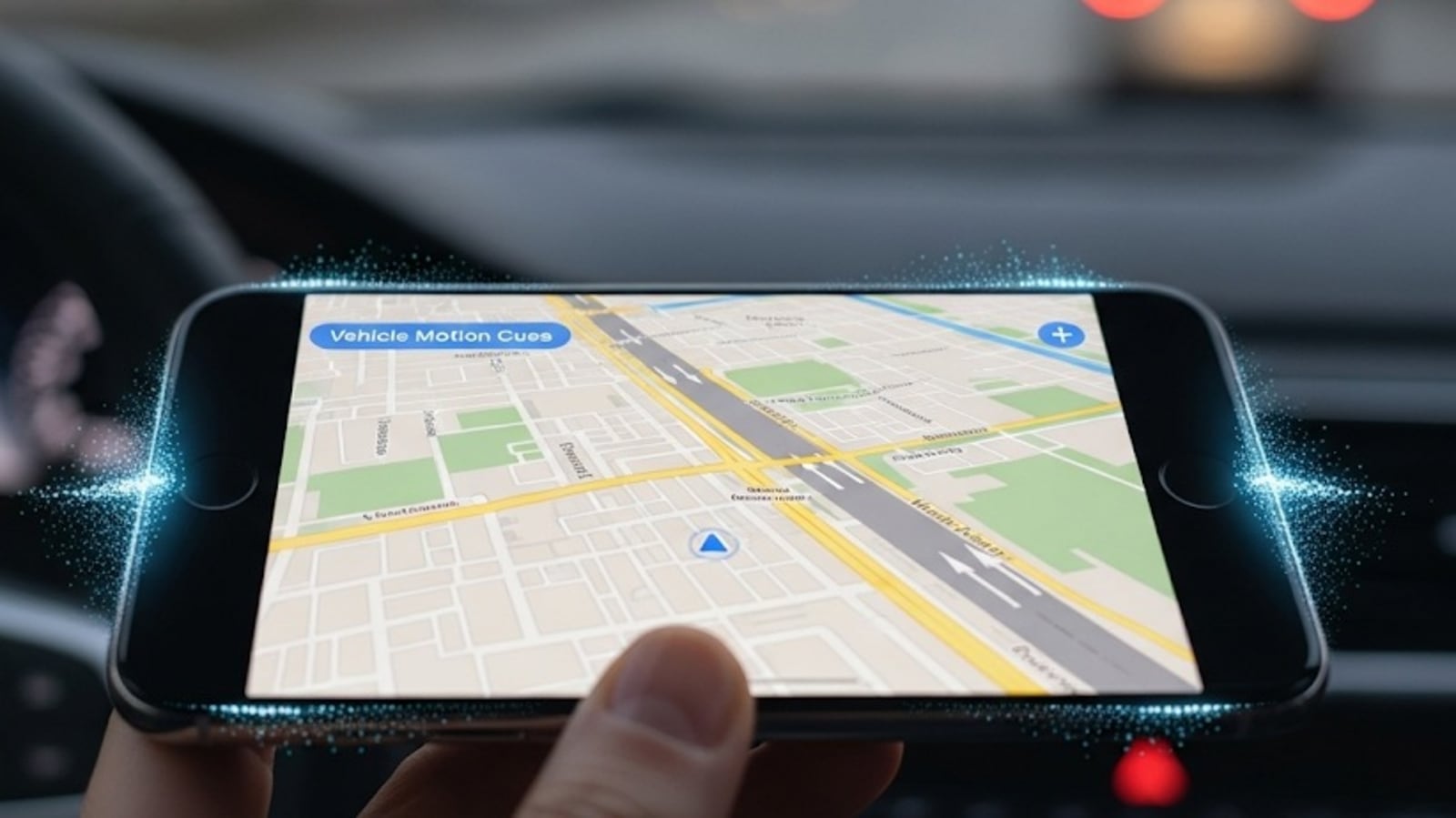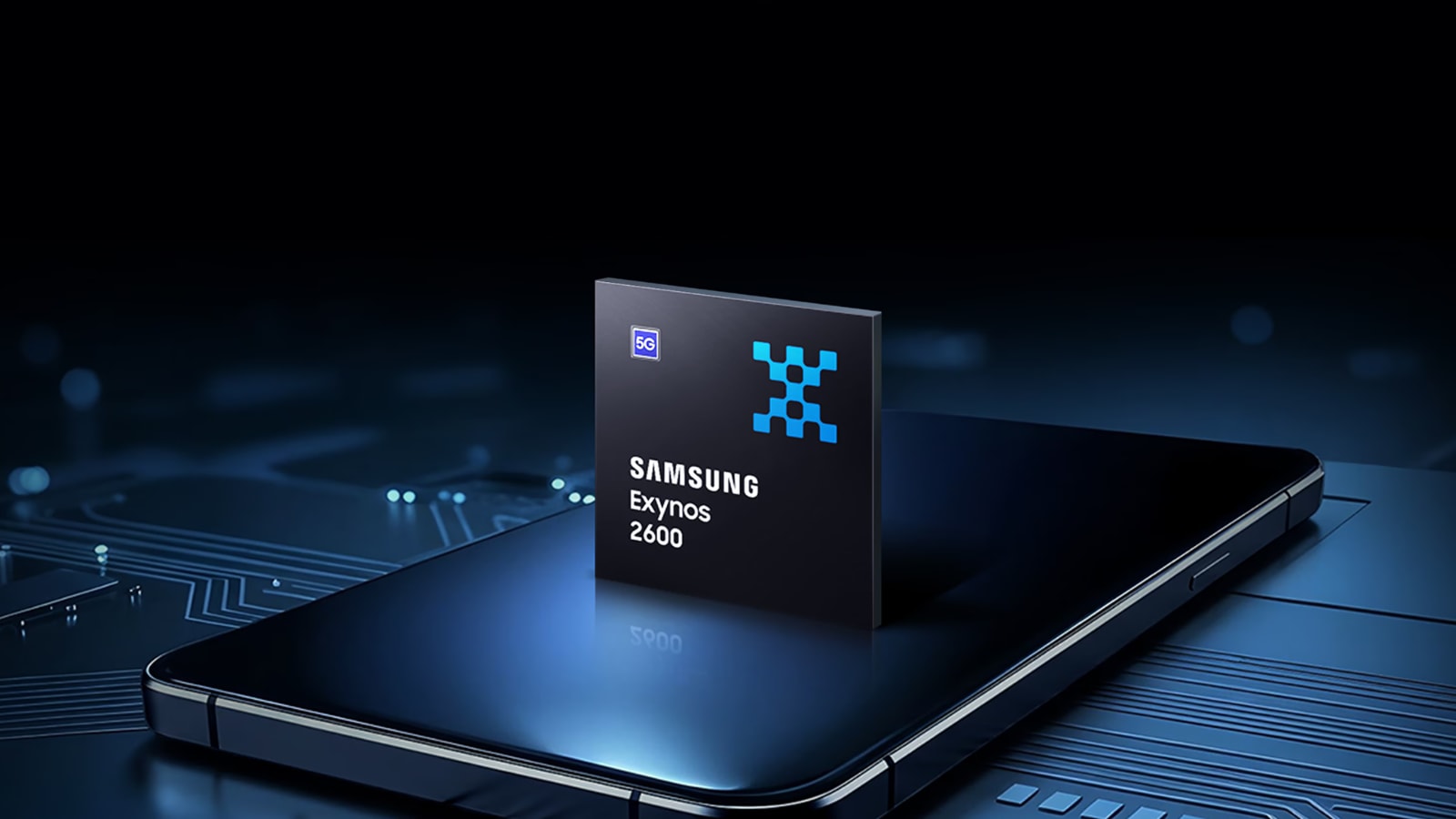
Ever felt queasy while using your phone in a moving car? You are not alone. Many people experience motion sickness when they read or browse as a passenger. The latest updates from Apple are now offering some help to those who struggle with these symptoms.
What causes motion sickness on your phone?
Motion sickness usually strikes when your senses give different information to your brain. Your eyes are focused on your phone, convinced that you are sitting still. At the same time, your inner ear and body feel the bumps and movement of the vehicle. This mismatch can lead to nausea, headaches, and dizziness. Doctors say that about six in ten people will deal with motion sickness at some point in their lives.
With iOS 18, Apple added a setting that can help. It is called “vehicle motion cues.” Once it is turned on, dots appear around the edges of your iPhone or iPad screen. These dots move as your car moves. The goal is to give your eyes a subtle way to sense the motion your body is already feeling. When your eyes recognize you are moving, it may help your senses work together and reduce feelings of motion sickness. To use the feature, go to Settings, find Accessibility, then select Motion. There is an option called “Show vehicle motion cues,” which you can set to always on, always off, or let the phone choose automatically when it detects movement. Keep in mind, this is designed for passengers. Drivers should never use their screens or get distracted by any phone feature while in control of a vehicle.
The new tool from Apple may not work for everyone. If you still feel unwell, take breaks from screens and looking out the window at the horizon. Try to keep your head as still as you can during the ride. Some people find that over-the-counter medicines offer extra relief. In tougher cases, a doctor can recommend prescription treatments. Motion sickness is a normal reaction to mixed signals in your body.






